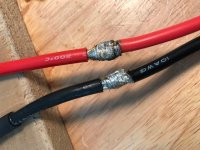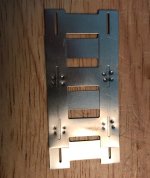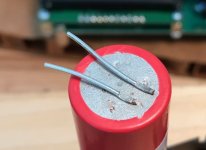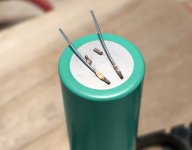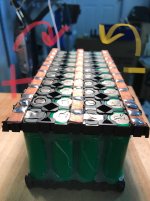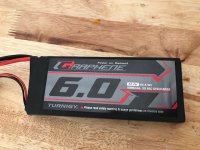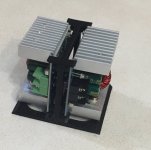PaulD (and anyone else reading this thread), please shorten the cables as short as possible to reduce inductance. Keep the cables between the battery and welding device a sort as possible, and also between the welding device and the electrode tips. Short and fat is best.
I am also designing an elevated platform to allow the battery-pack to slide underneath the welding device. I would advise anyone with one of the recent "pocket spot welders" (6-pence, Boss level, arduino) to build something similar.
I am also designing an elevated platform to allow the battery-pack to slide underneath the welding device. I would advise anyone with one of the recent "pocket spot welders" (6-pence, Boss level, arduino) to build something similar.



